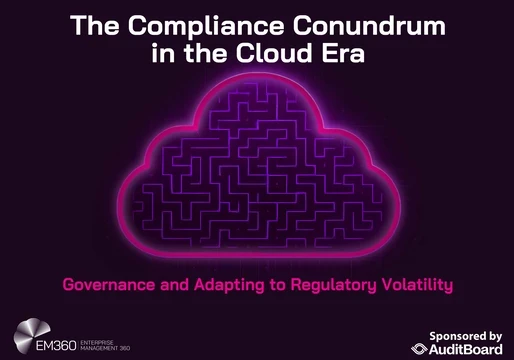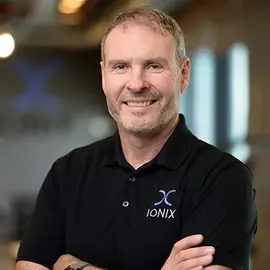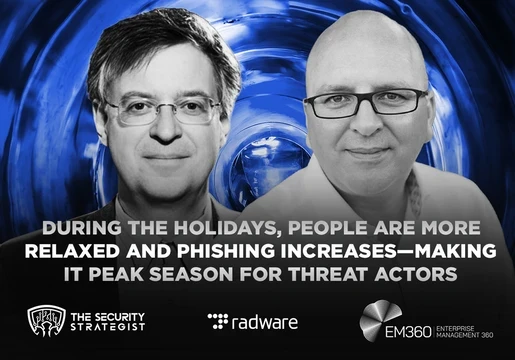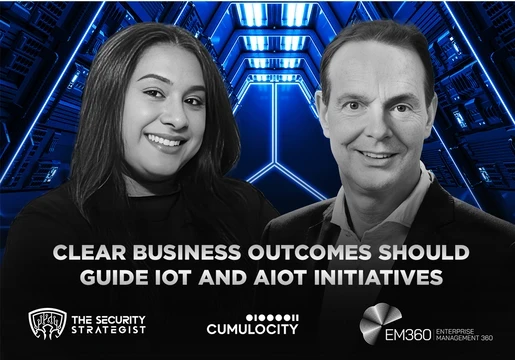In this episode of the Security Strategist, Richard Stiennon, Chief Research Analyst at IT Harvest and industry leader, speaks with Marc Gaffan, the CEO of IONIX.
They explore the core challenges facing cybersecurity professionals — particularly in a rapidly evolving digital landscape — and discuss innovative approaches to attack surface management.
In the episode, Gaffan explains exposure management isn't just about looking at one scan, vulnerability, or way an organisation could be exploited. Instead, it takes a holistic approach to understand what "exposure" means for organisations.
A key theme of the podcast is that traditional vulnerability management programs are no longer effective. Gaffan emphasises that older methods can overwhelm security teams with alerts, making it difficult to address critical issues.
The conversation also highlights the need for complete visibility across an organisation's digital footprint. It’s noted that systems are becoming increasingly spread across different data centers, cloud environments, and third-party services.
Our speakers acknowledge the challenges this poses, stating: "If it's not internet facing, then it's not going to facilitate the business." In essence, the very technologies that enable business growth also expand the attack surface.
Gaffan clarifies that visibility is a means to an end — not the end itself. He explains: "It's a means to making sure you've got coverage, you've got everything in scope. But finding the most important issues is the holy grail."
The goal is not to see everything, but to identify and address the most critical exposures.
Listen to the full conversation on how to adapt your security strategy to today's potential threats. Gaffan's expertise provides valuable guidance for any security professional looking to stay ahead of the curve.
Takeaways
- Exposure management involves assessing multiple factors, not just single scans.
- Organisations must optimise their remediation capacity due to limited resources.
- Visibility is crucial, but finding the most important exposure is essential.
- Traditional vulnerability management programs are becoming ineffective.
- Exploitability is the key criterion for prioritising remediation efforts.
- Automated scanning can provide rapid insights into vulnerabilities.
- Time taken to remediate is critical for effective security management.
Chapters
- 00:00 Introduction to our Guest Marc Gaffan and Exposure Management
- 02:21 Understanding Exposure Management
- 06:30 Challenges in Vulnerability Management
- 08:40The Importance of Your Organisational Footprint
- 10:51 Best Practices for Minimizing Exposure
- 12:15 IONIX: A Unified Approach to External Exposure
- 15:44 Rapid Assessment and Remediation Process
- 18:10 Key Takeaways
About IONIX
IONIX External Exposure Management protects an enterprise's external attack surface from cyber risks. It increases security team efficiency by providing tools to shorten the time taken to discover and prioritize exposures. IONIX reduces the exploitable attack surface by discovering every digital asset, assessing dependencies and connections, and validating exploitable risks to prioritize remediation of critical, impactful exposures.
IONIX reduces alert fatigue, streamlines the process for resolving alerts and ensures that they reach the right team. Global leaders including BlackRock, Infosys, Sompo, The Telegraph and E.ON depend on IONIX for proactive management of their complex and dynamic attack surface.









Comments ( 0 )